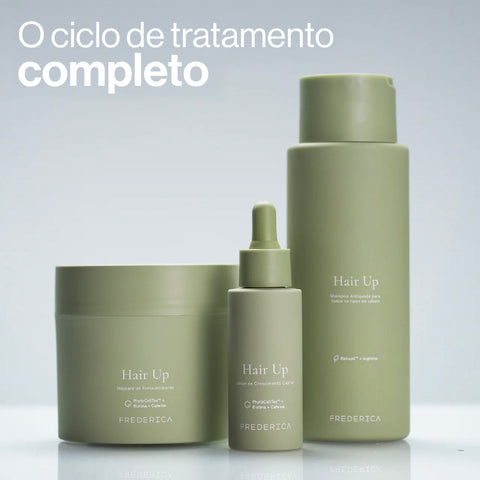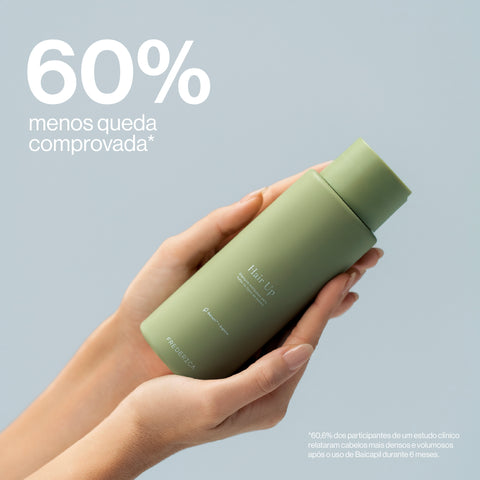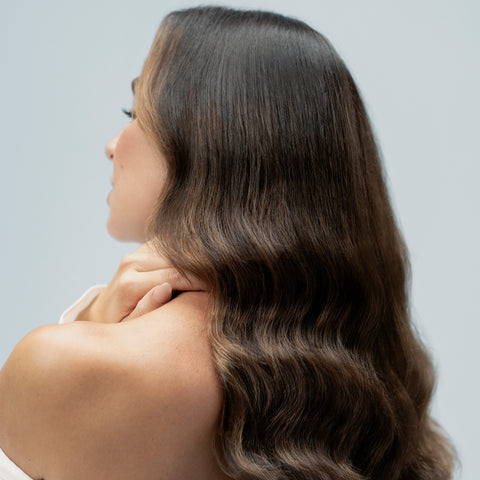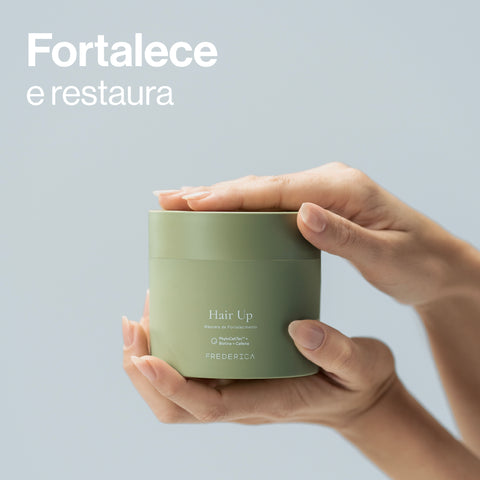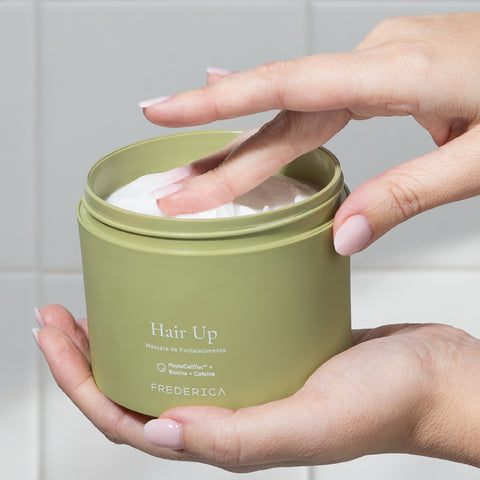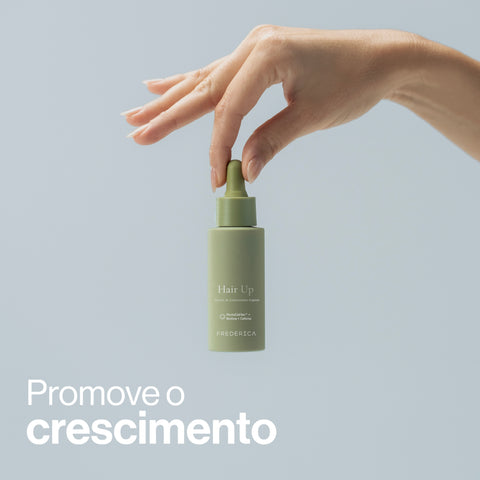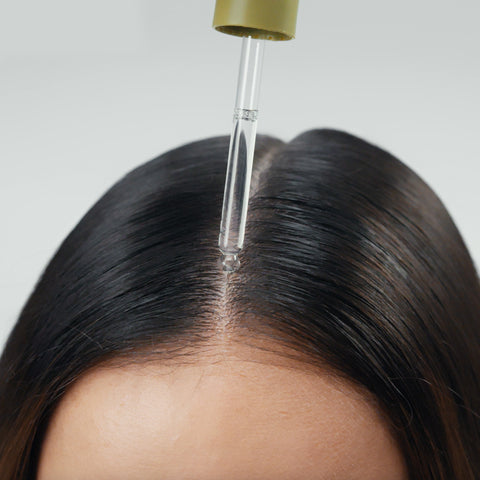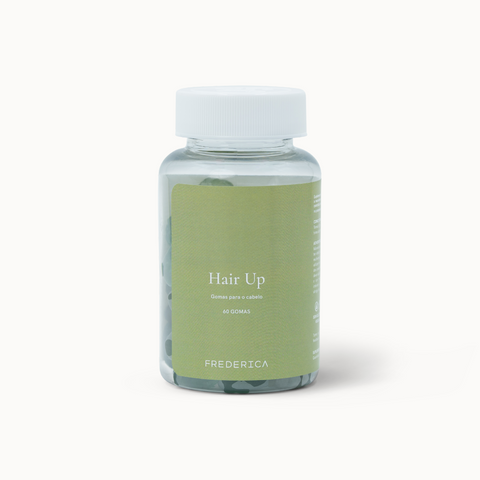Although you've probably never given it much thought, using the right brush can make a huge difference in the health and appearance of your hair. Different types of bristles and even different brush shapes change the brushing effect on the frame of your face. For example, a wide shape is better for straightening and defrizzing, while bristles with ball tips are better for detangling and offering a better scalp massage.
WHAT ARE THE BENEFITS OF BRUSHING YOUR HAIR PROPERLY?
Most of the time, we brush our hair to detangle it. However, combing it properly has more benefits than simply eliminating tangles, namely:
- Increased hydration and shine (sebaceous glands located in hair follicles produce natural oils that help lubricate the scalp and brushing helps distribute these natural and healthy oils, from root to tip, giving them a natural shine);
- Scalp stimulation (brushing gently works like a massage that stimulates the scalp, which can stimulate blood flow and hair growth);
- Helps in removing loose hair.
WHEN AND HOW TO CARRY OUT BRUSHING
Wet hair
When it comes to brushing wet hair, the type of brush and its technique are essential. When wet, hair becomes very fragile. This is why it is important to have a very delicate approach in this situation. Experts recommend using a very wide-toothed comb or a damp brush.
Dry hair
Dry hair is more likely to get tangled, causing knots and breakage. To ensure a damage-free experience, it is advisable to brush your hair in sections, avoiding starting at the roots. Instead of brushing your hair from top to bottom, brushing should always start in the middle of your hair or a few centimeters from the ends. If the brush gets stuck, remove it and start combing again carefully.
How often should we brush our hair?
According to the American Academy of Dermatology, hair doesn't need to be combed dozens of times a day. You can only do it twice a day, once in the morning and once in the evening. This is a healthy way to distribute the scalp's natural oils throughout your hair, as long as it is done gently and carefully.
How to avoid hair breakage?
If your hair is breaking, it's best to opt for a detangling brush that has flexible bristles designed to bend without causing damage or breakage. For weak or brittle hair, a soft boar bristle brush (or a similar synthetic version) with soft, smooth bristles should be used.
THE MAIN BRUSH TYPES
Detangling brush
These brushes are ideal for all hair types, even the thickest and curliest, and can be used on dry or damp hair. They minimize damage during brushing and their fine, flexible bristles make it easy to remove knots from children's hair without causing pain.
Brush for wet hair
Thanks to their fine, soft bristles, these brushes are strong enough to eliminate the toughest knots, and gentle enough not to damage wet hair. They typically feature heat-resistant bristles that won't melt or break when drying your hair.
Cushioned brush
Cushioned brushes have soft rubber bases and plastic bristles. These bristles are effective in stimulating the scalp and recommended for eliminating dandruff or the build-up of hair products.
Thermal brush
Thermal brushes are round brushes with a cylinder made of a material that emits heat, such as ceramic or titanium, accelerating drying. They are generally used by hairdressers or people who often use a hairdryer.
Boar bristle brush
Boar bristle brushes are popular because of their ability to redistribute natural, healthy oils on the scalp, which improves hair health and creates smooth, shiny hair. A good choice for people with fine or aging hair.
Nylon bristle brush
Nylon bristle brushes are made from a synthetic material that reduces static electricity and effectively detangles thick hair. Some brushes combine nylon bristles with boar bristles to untangle hair more easily.
Ionic brush
These brushes can reduce static electricity during drying because they allow heat to flow through the brush. They also help to relax the hair, thanks to the negative ions they emit.
Wide tooth comb
Wide-toothed combs have thick teeth with space between them. Can be used on thick or curly hair when wet.
THE BEST BRUSHES FOR HAIRDRESSING HAIR STYLING
To comb and add shine: brush with nylon and boar bristles
Wide shapes are great for straightening hair, removing volume and giving a strong, straight finish to the ends. Paddle brushes are designed with soft bristles so they adapt to your scalp as they glide through your hair. The nylon and boar bristles help to relax and smooth the cuticle.
To increase volume: round brush (with curved boar bristles)
In the absence of volume, a round brush creates body and bounce, giving the illusion of more hair. Its shape creates lift on the scalp and forms the perfect finish on the ends.
To detangle and stimulate the scalp: detangling brush (with nylon bristles with a spherical tip)
A detangling brush is important for all hair types as it helps prevent damage. It's great for stimulating the scalp and gently detangling wet hair. The rubbers at the ends of the bristles protect the scalp from scratches.
HOW TO WASH THE BRUSHES?
It is essential to properly clean all your brushes and combs. Hair that remains on the brush strands must be removed immediately after brushing and thoroughly washed at least twice a month.
In the case of plastic brushes, you should choose to immerse them in a container in running water with a small amount of neutral shampoo, going through all the spaces, rinsing very well; on padded brushes, washing must be carried out using running water and a disinfectant spray, avoiding immersing them completely in water; for other items, running water is the main means of hygiene, and it is extremely important to eliminate all traces of shampoo or impurities that reside there. All of these materials must be left to dry in the open air, alternating their positions so that they dry completely.
Sources: Healthline and Goop
